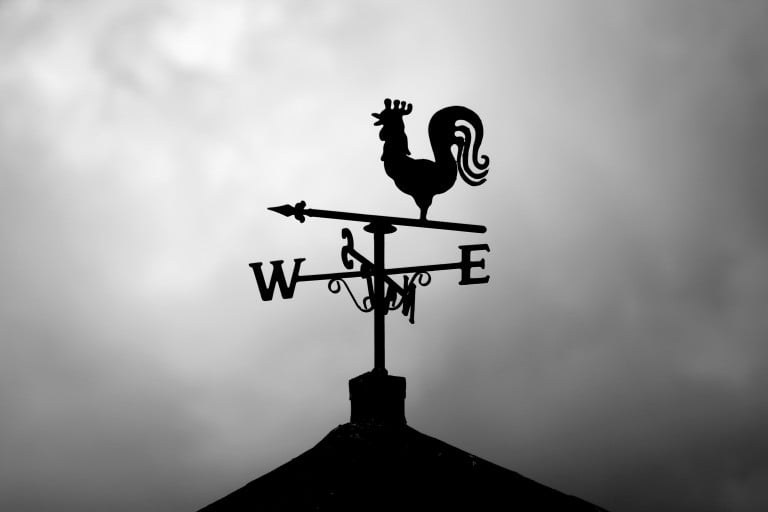Several newspapers over the past few weeks have talked of the current cold snap in Britain, the jet stream and the potential return of “the beast from the east”, which has possibly grabbed your attention. With the recent spell of cold weather here in the UK, you may have been wondering what the actual cause behind these temperatures is and what a cold snap will entail.
This article will help to inform you of what the jet stream is and how it affects our weather, as well as the impact of stratospheric warming. Keep reading to discover what you can expect this coming week and how AA Salt can help.

What is the jet stream?
Essentially, the jet stream is a band of fast-flowing winds in the Earth’s atmosphere. Earth has four major jet streams: two polar jet streams and two subtropical jet streams. These jet streams travel from west to east, about 10 km above the surface. Where the warmer and cooler air masses meet, these jet streams form between the masses, influencing the weather we receive. By monitoring the movement of these, we can then predict where a weather system will be carried to and what sort of weather to expect.
These cold snaps (or cold waves) are caused by the polar vortex– a large band of cold air- that occasionally shifts from the south of the pole, closer to the US. When the colder air from the Arctic and storms from the US become directed towards us, it then reaches the jet stream and directs this colder air.
The Met Office has a great article that goes into detail about the causes behind jet streams, if you’d like to learn further about these and how they affect the pressure. Alternatively, check out Netweather’s interactive jet stream forecast map.
What is a stratospheric warming event?
Many extreme cold weather events from the past few years have been due to stratospheric warming. You may recall “the beast from the east” in 2018 as a more recent example, where parts of the UK received up to 20 inches of snow and temperatures of -11°C, because of a polar air mass. So why is this event referred to as ‘warming’ if it causes cold temperatures?
Stratospheric warming is a rapid warming of the air over 10 km about the Earth’s surface, affecting the pressure and jet stream lower down in the atmosphere. This is related to the polar vortex that was mentioned earlier.
As the cold winds in the polar vortex circulate, they occasionally weaken and descend at a rapid rate. This makes the temperature in the stratospheric rise just as fast- hence, why it’s called stratospheric warming. The cold air then is carried across with the jet stream, leaving us with colder and snowier days.
Does this mean we will be getting cold weather?
The UK currently has a yellow warning in place for this week, with a current cold snap (or “beast from the east”) expected to stay throughout the month. With this yellow warning, you can expect icy conditions, temperatures in the minuses, and light snowfall across the country.
At AA Salt, we pride ourselves in providing the most accurate weather forecasting, due to the use of postcode-specific forecasts and a GPS-equipped vehicle fleet, ready to assist you around the clock. This, alongside our site mapping and risk analysis, helps to provide you with the best service possible.
We offer grounds maintenance for private and business properties, as well as gritting and snow-clearing services, so please do get in touch if you require our services in the coming months.
Keen to learn more about how our weather is affected and our impact on the environment? Check out our focused blogs.

